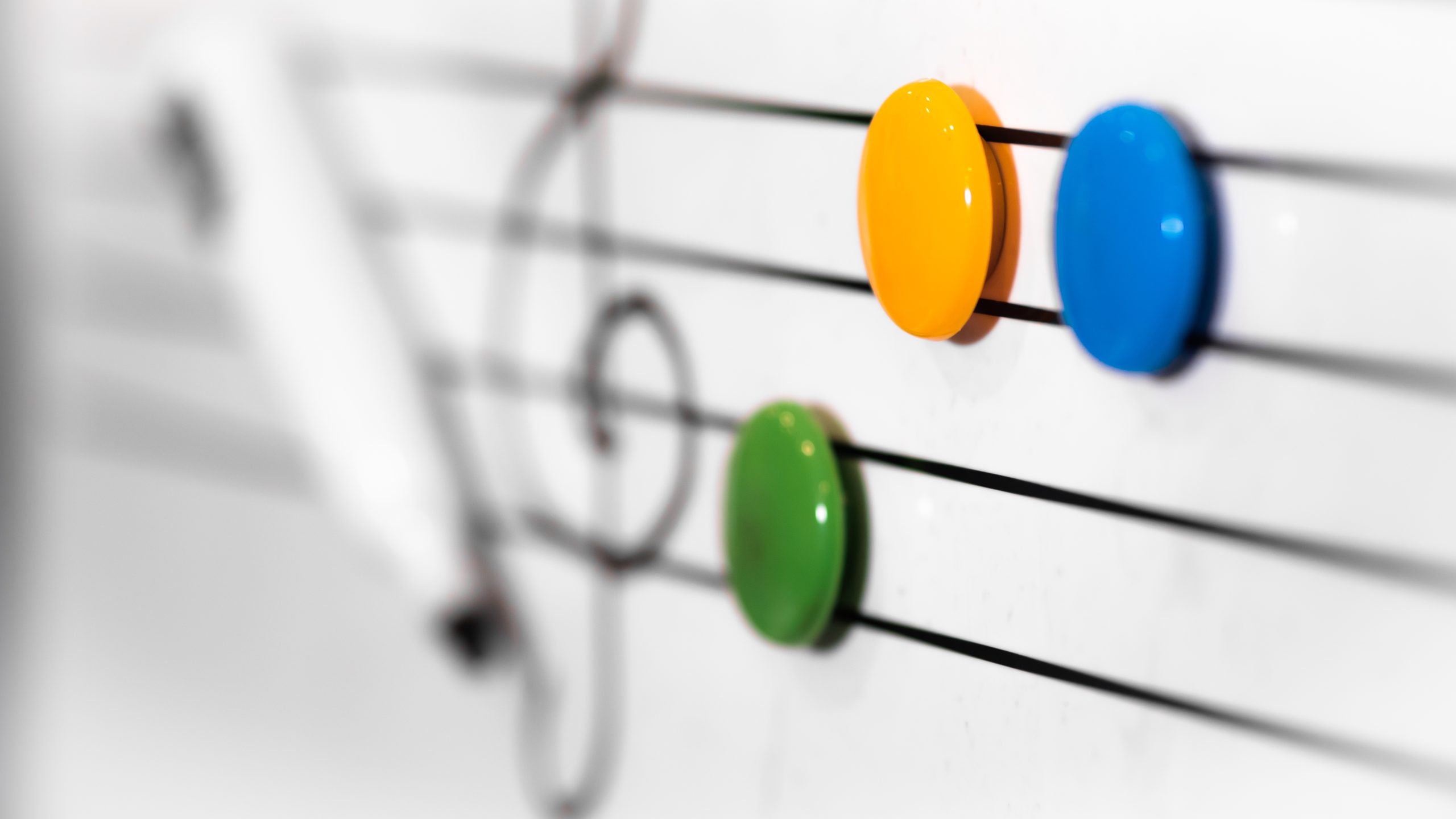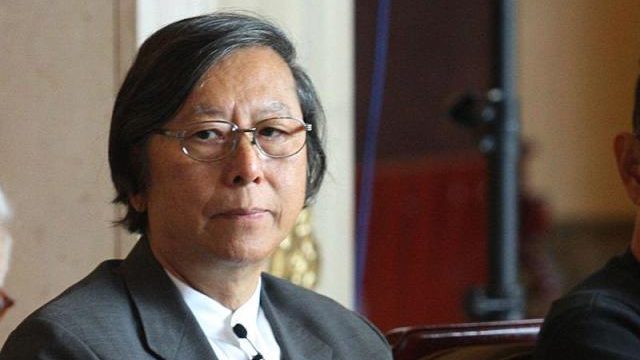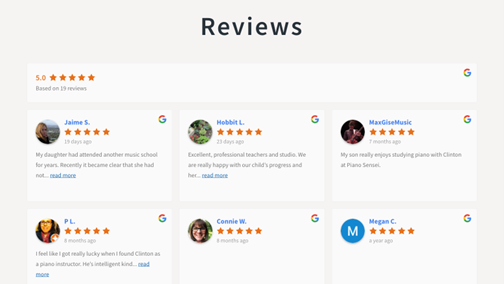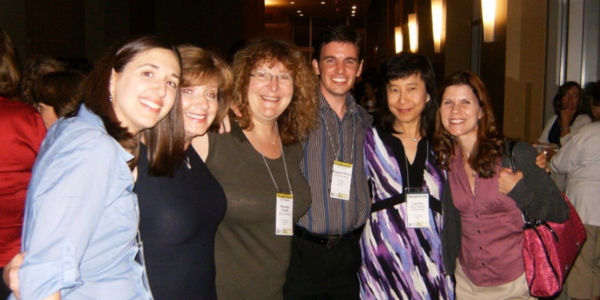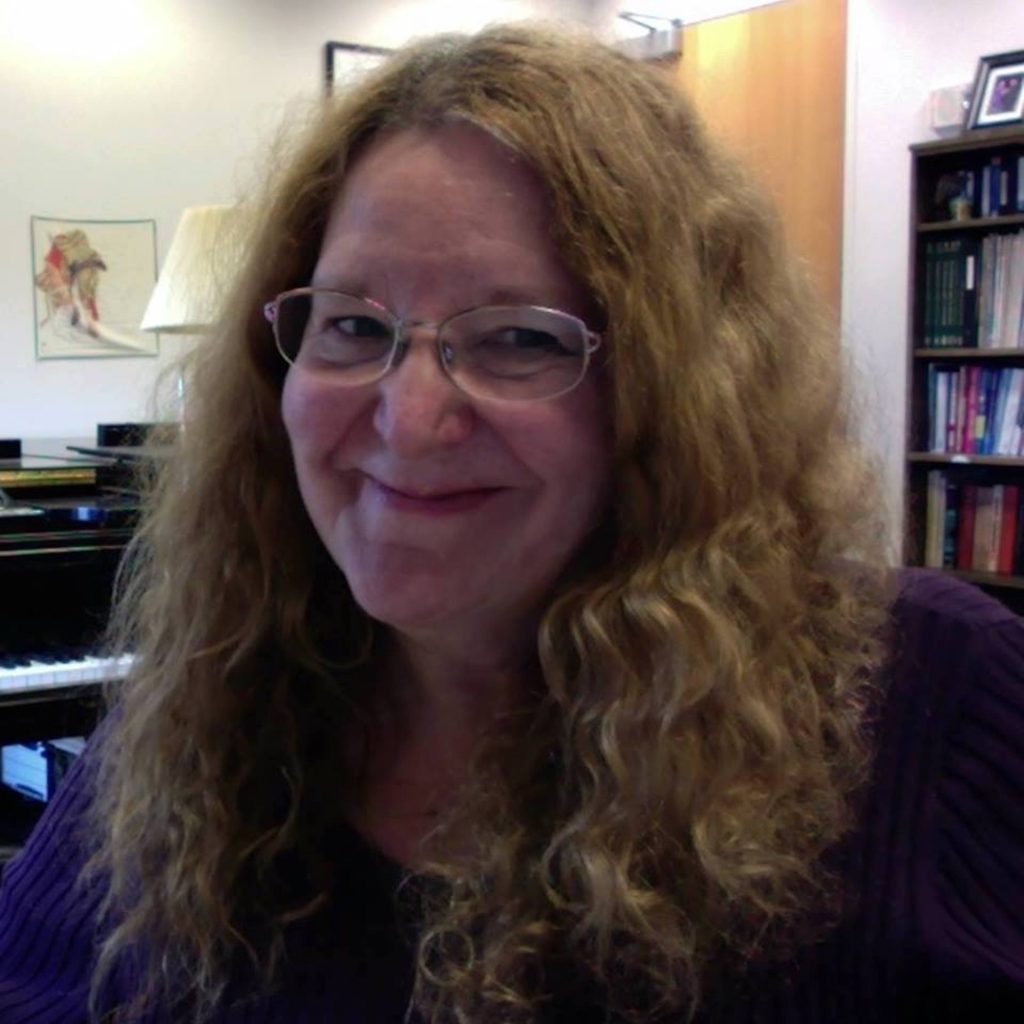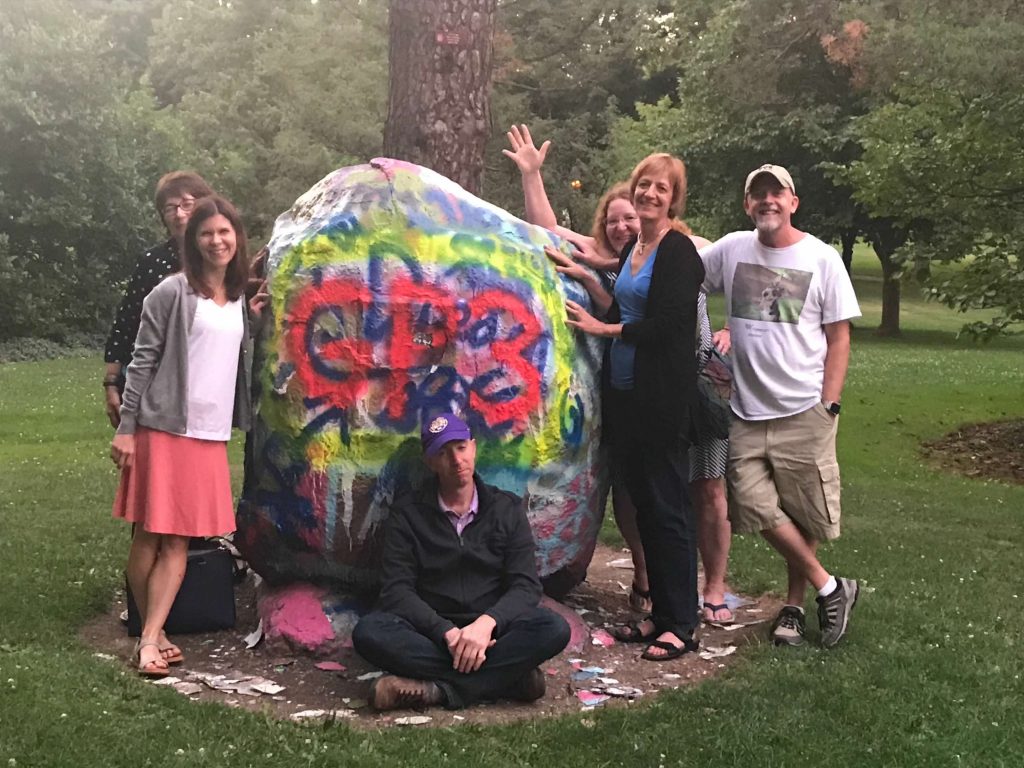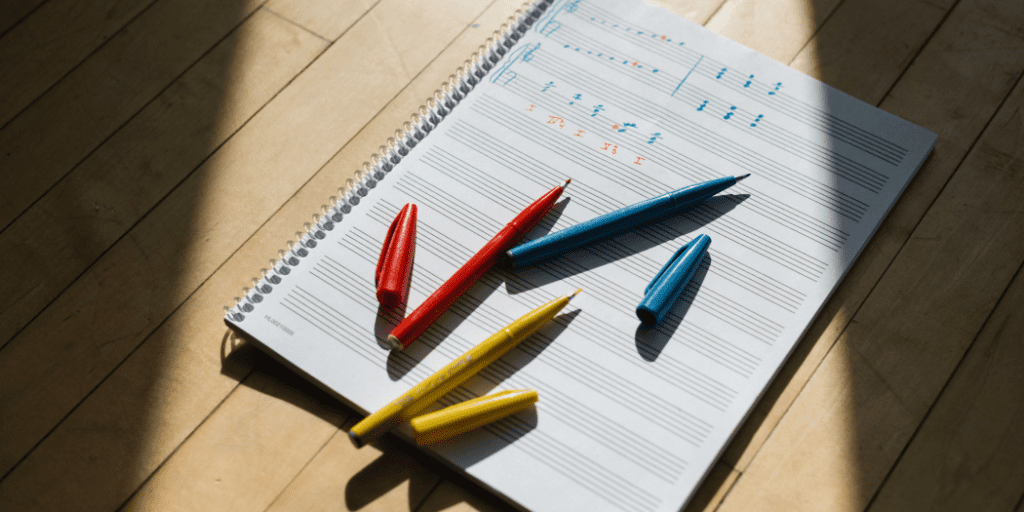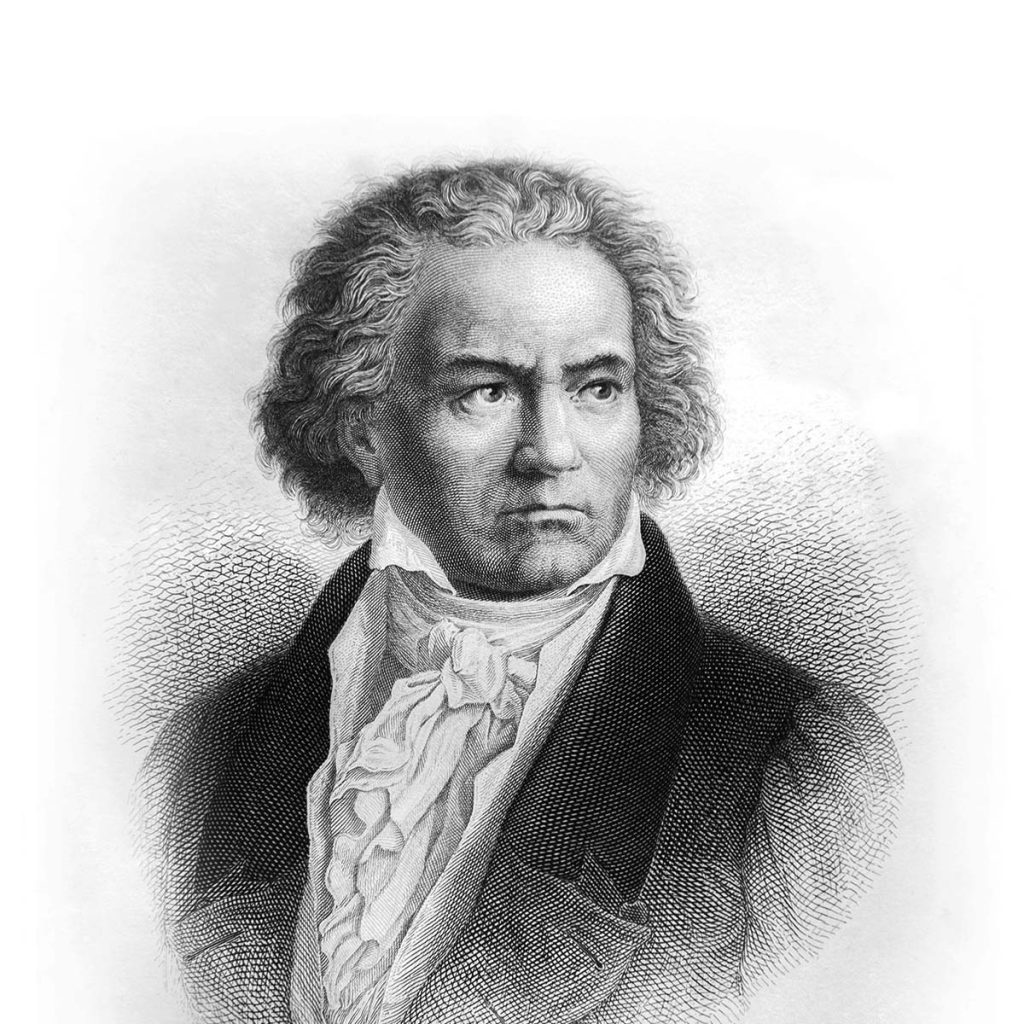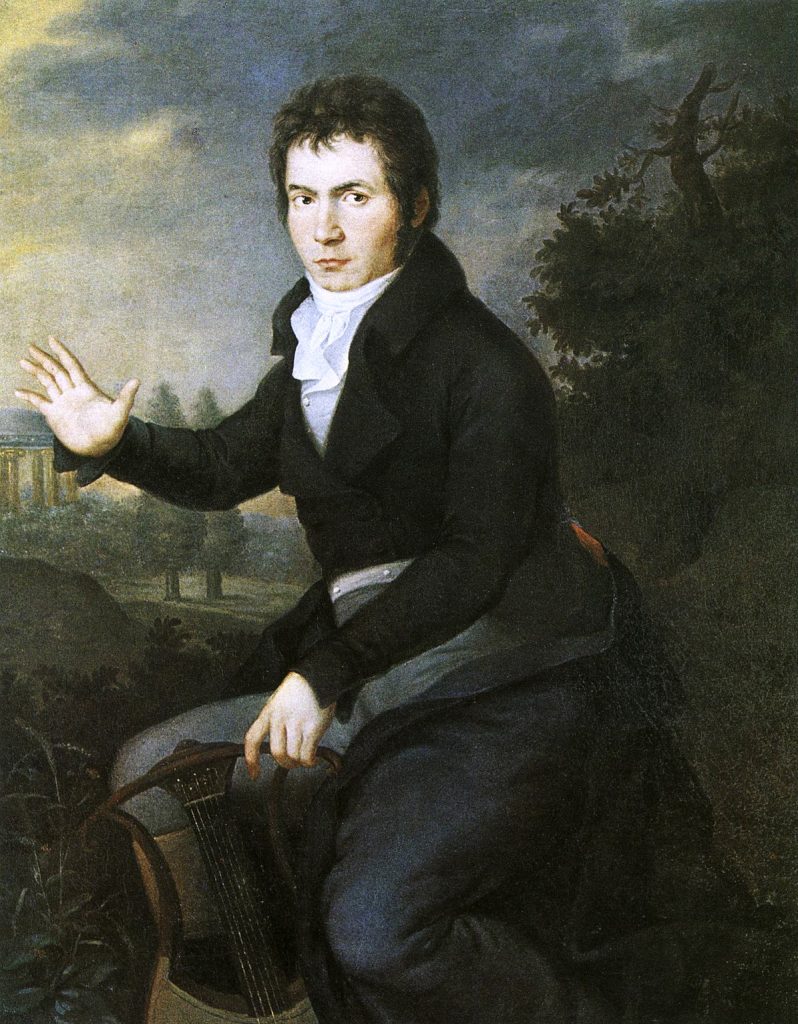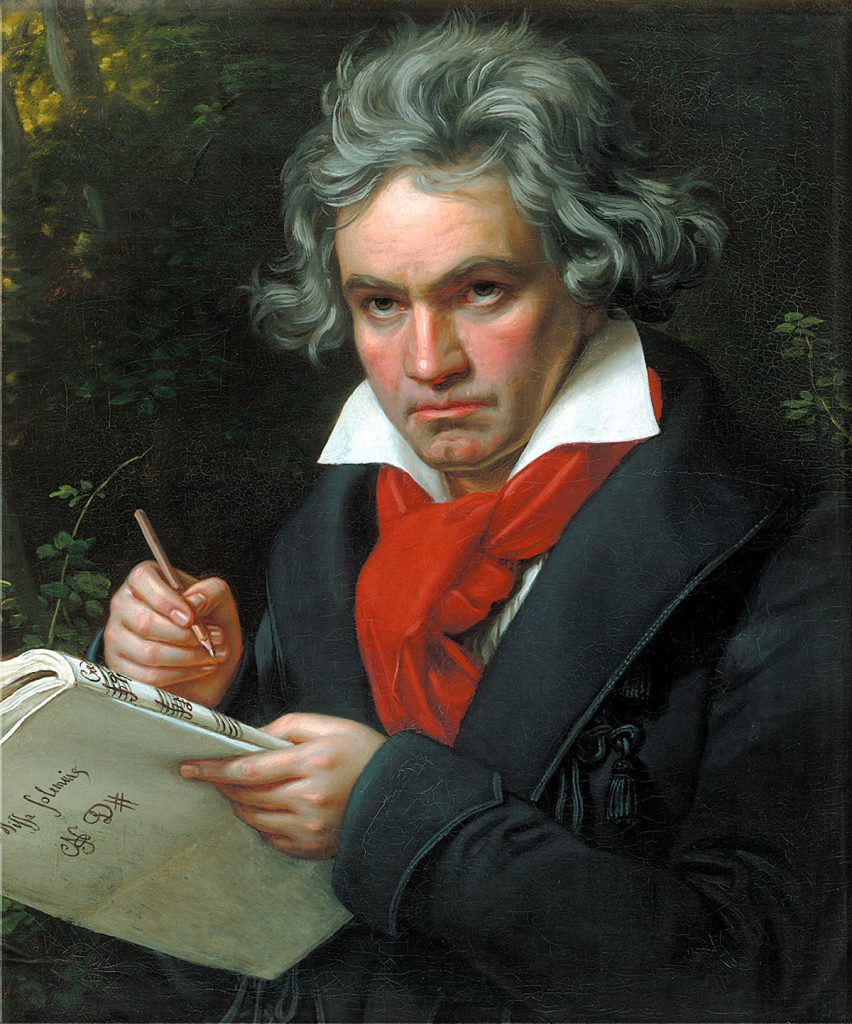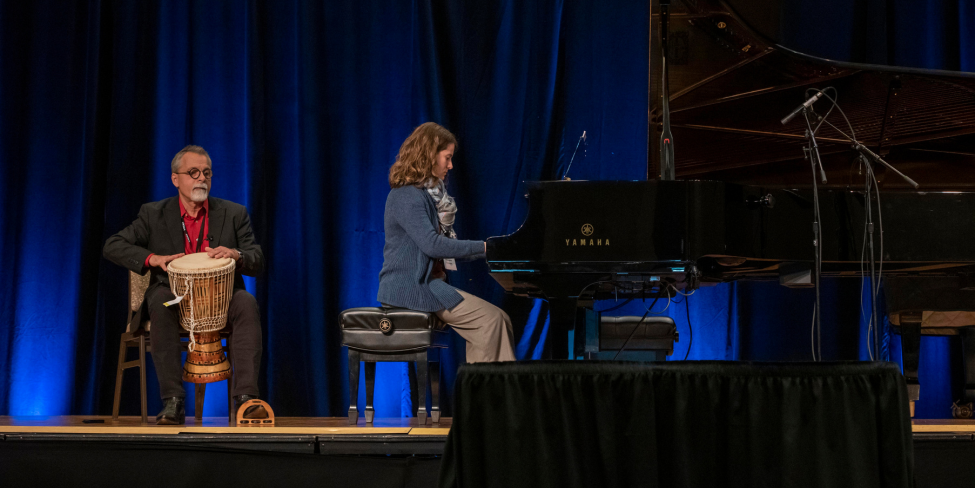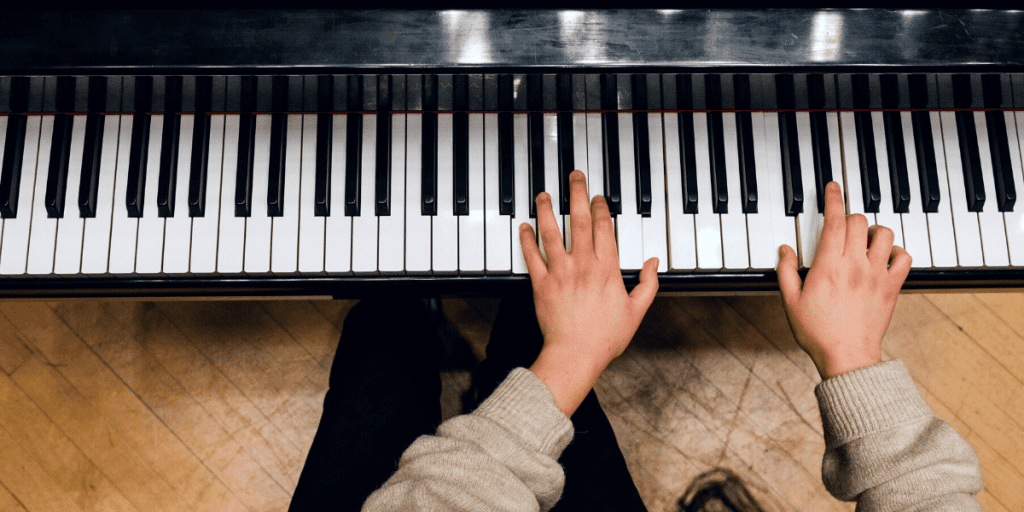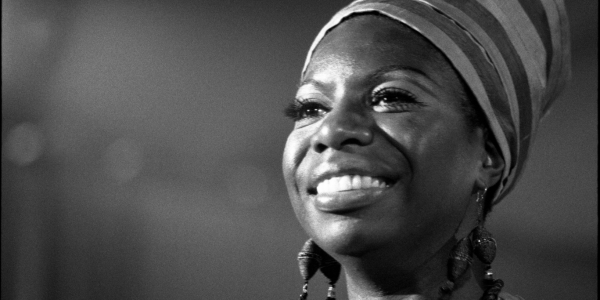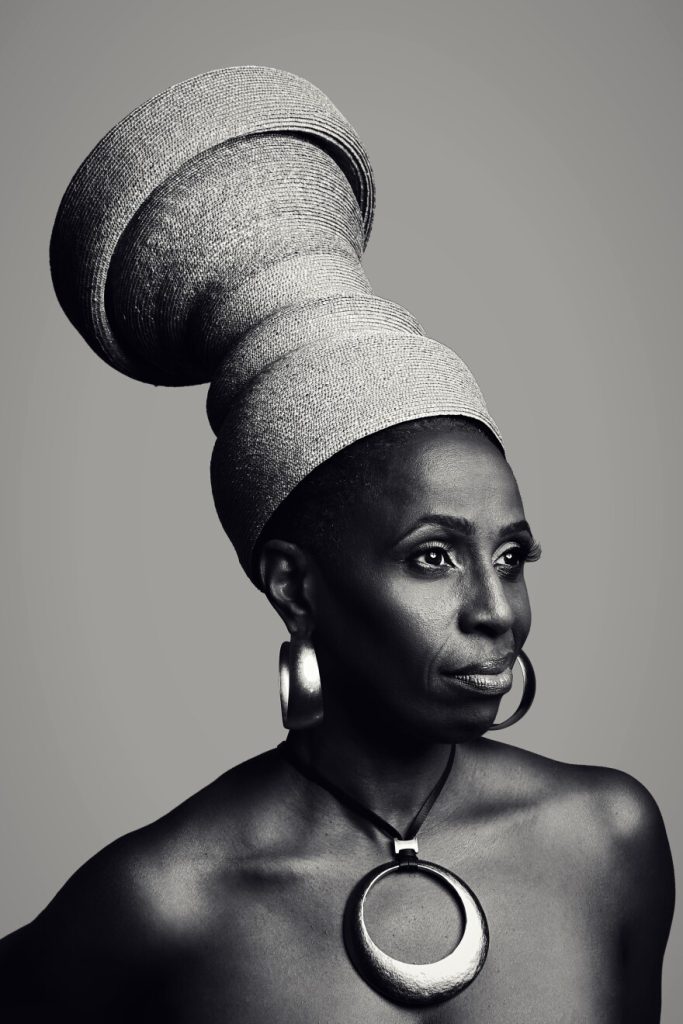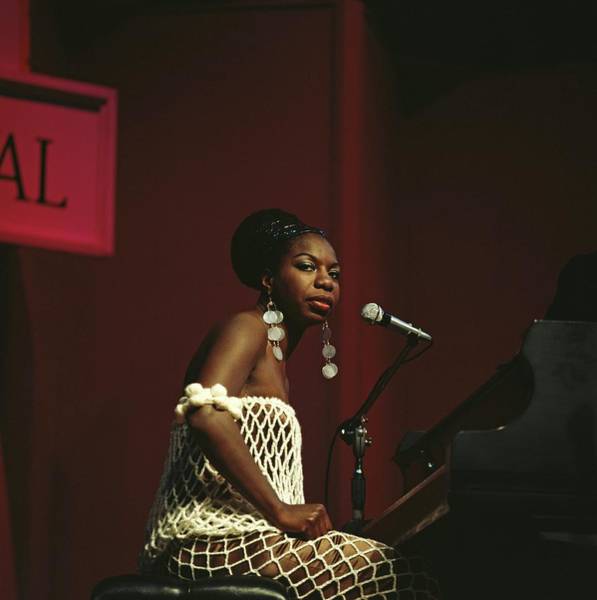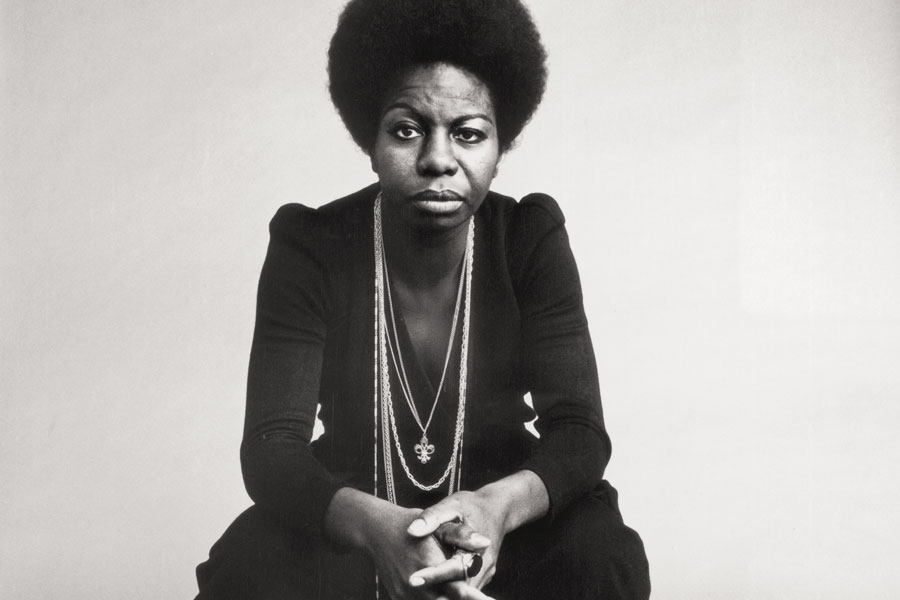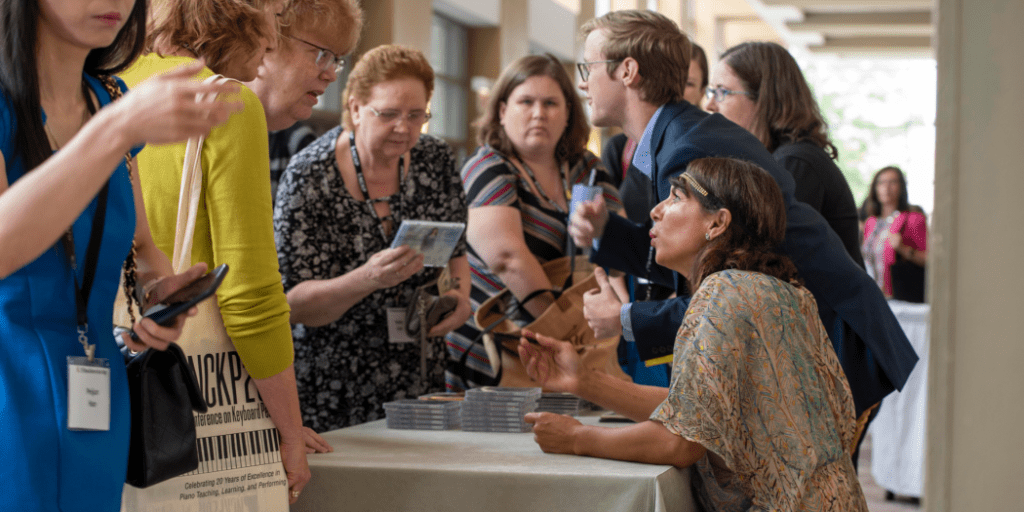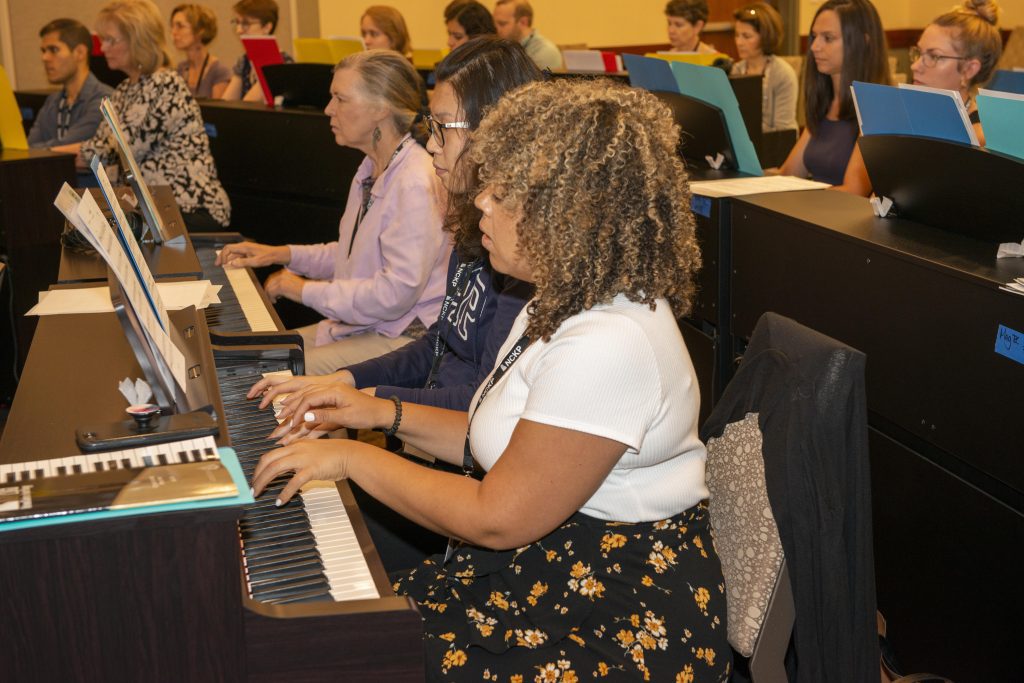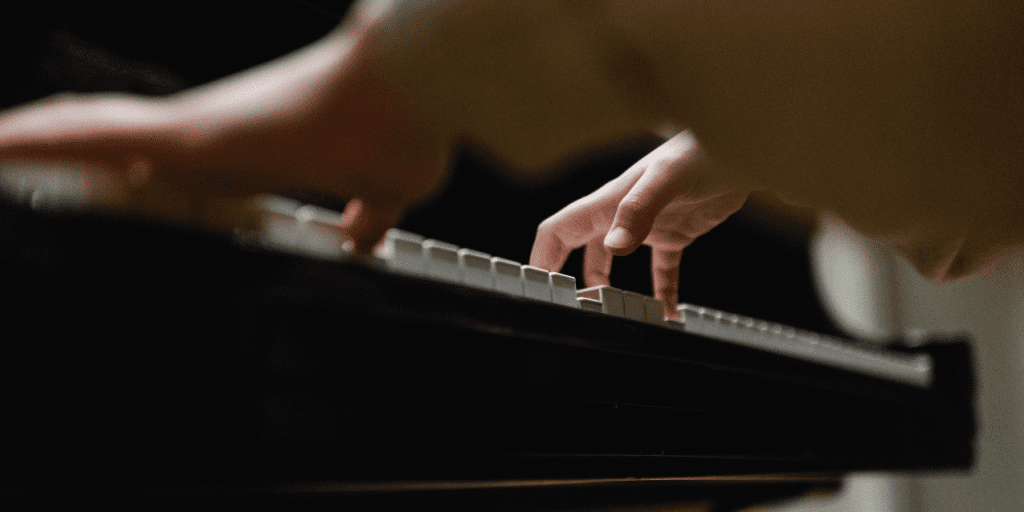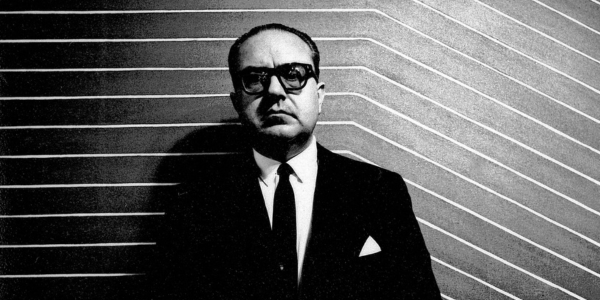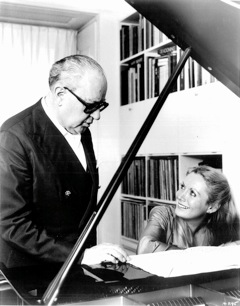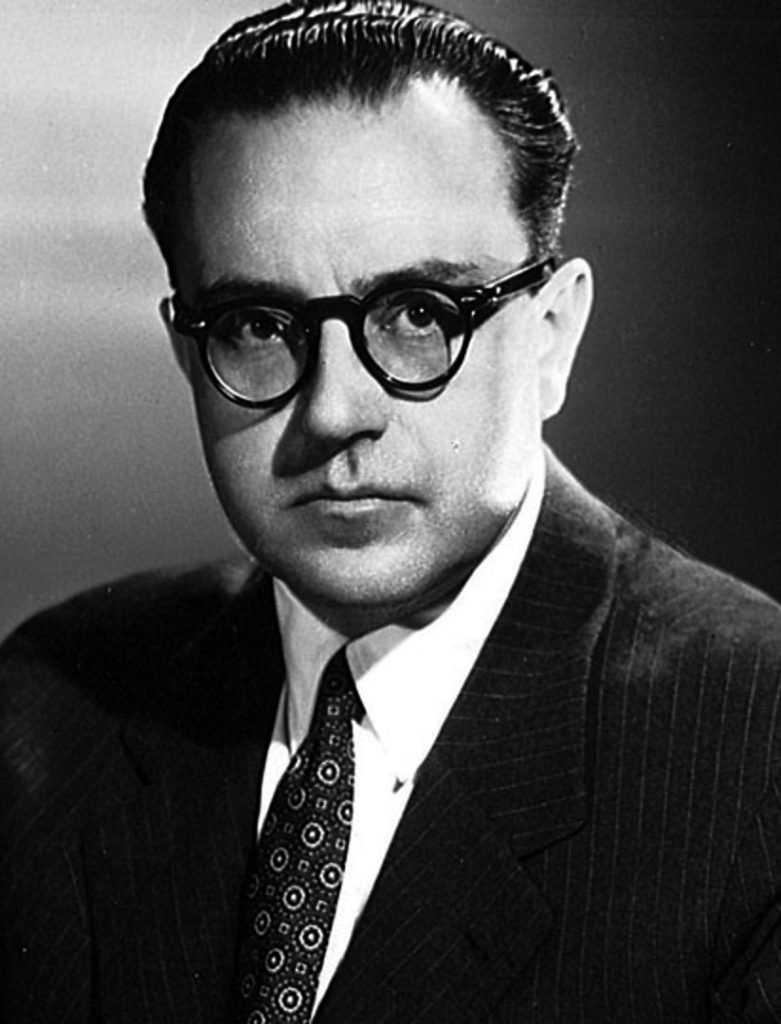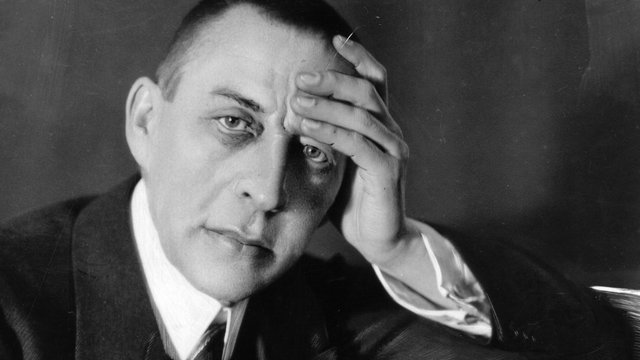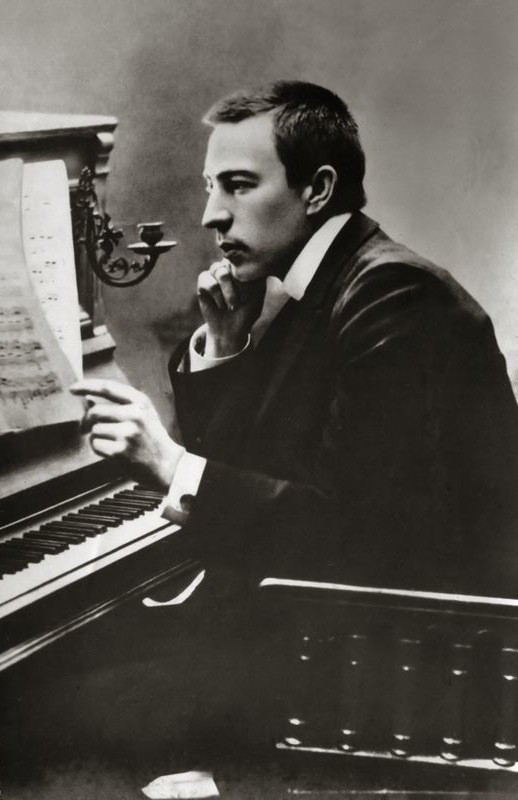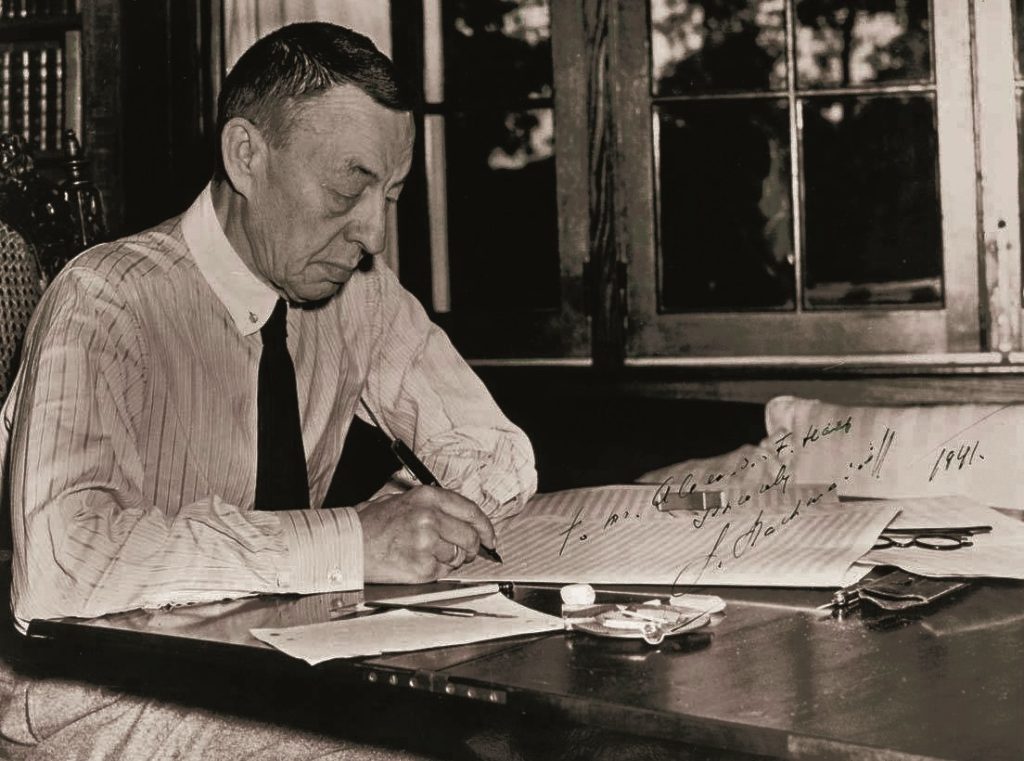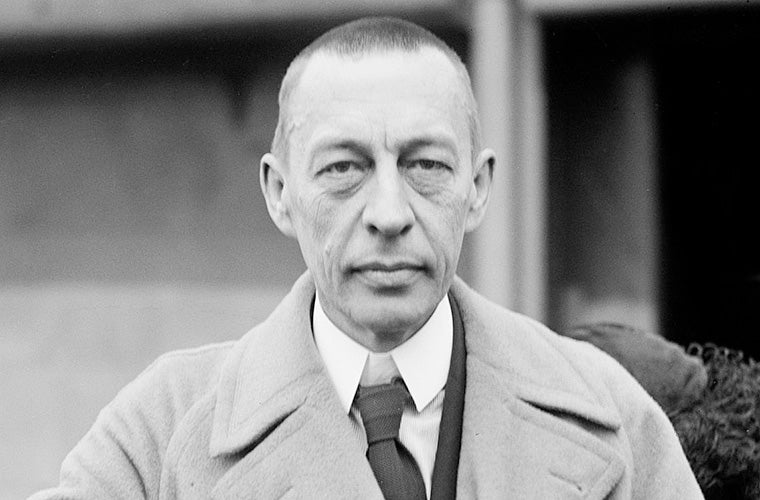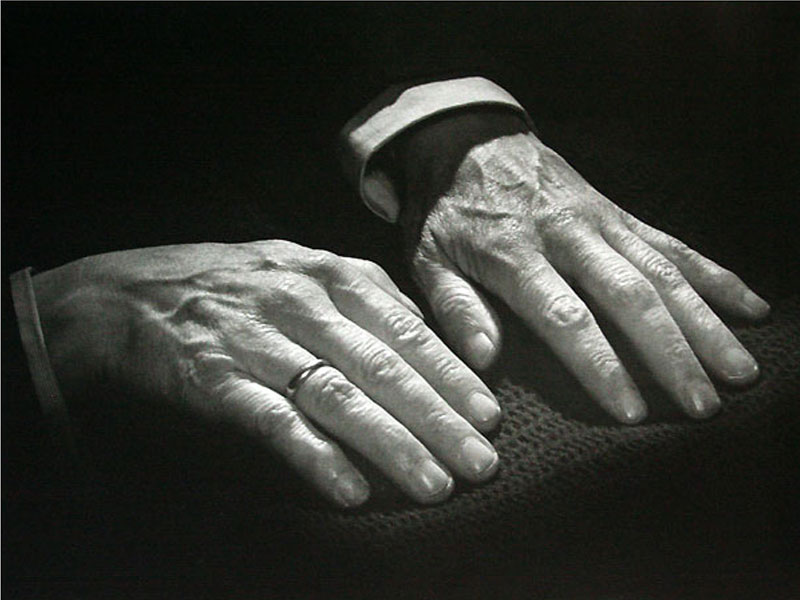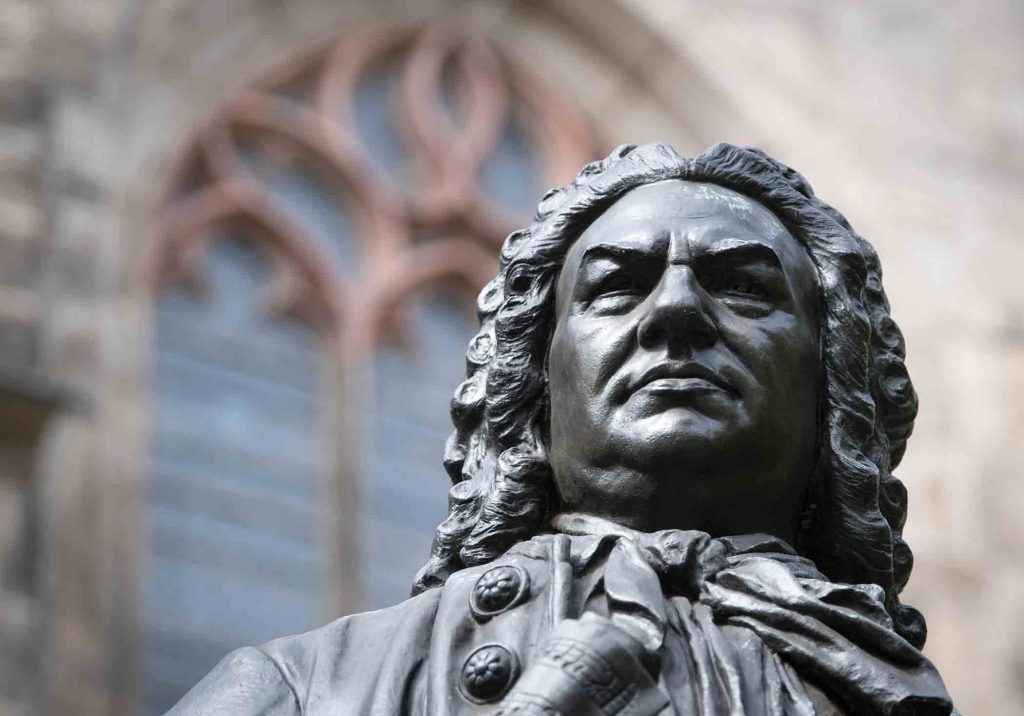
THIS WEEK IN PIANO HISTORY, Bach met King Frederick the Great of Prussia on May 7, 1747. During this visit, Frederick the Great inspired one of Bach’s most important final works, his Musical Offering, BWV 1079.
Bach arrived in Potsdam on May 7, 1747 at the court of Frederick the Great. Bach’s son, Carl Philipp Emanuel Bach, worked at the court in service of the king. Despite his significant reputation as an excellent composer and musician, C. P. E. Bach was not given significant status at court by Frederick the Great, who preferred other musicians such as flutist Johann Joachim Quantz.1 The elder Bach’s visit to the court was marked by a flurry of activity and concerts. Among Bach’s itinerary were several concerts including an organ recital in the Heilig-Geist Kirche in Potsdam. Bach spent time playing on a number of other keyboard instruments throughout Potsdam including several fortepianos designed by builder Gottfried Silbermann. Previously, J. S. Bach was unenthused by the fortepianos, however, during this visit, he was very impressed with the design and capabilities of the rapidly developing new keyboard instrument.2 This impression led him to promote the instrument—he even assisted in the sale of one!
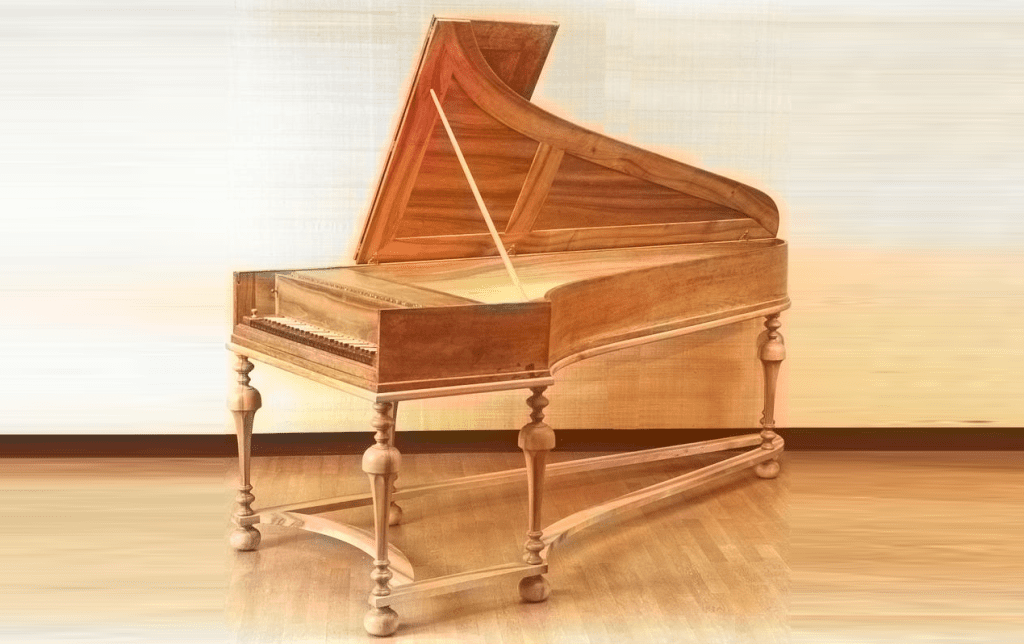
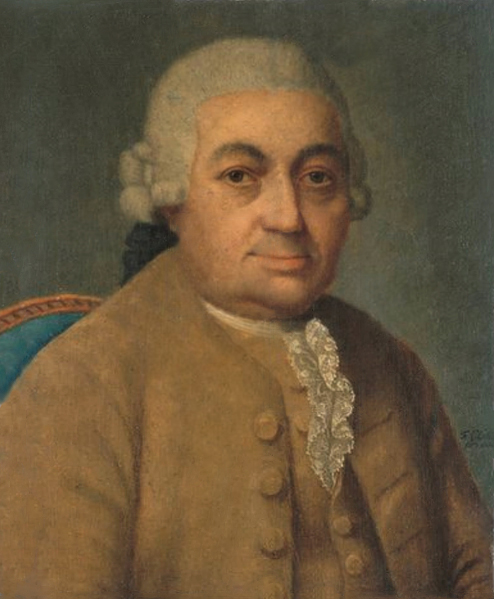
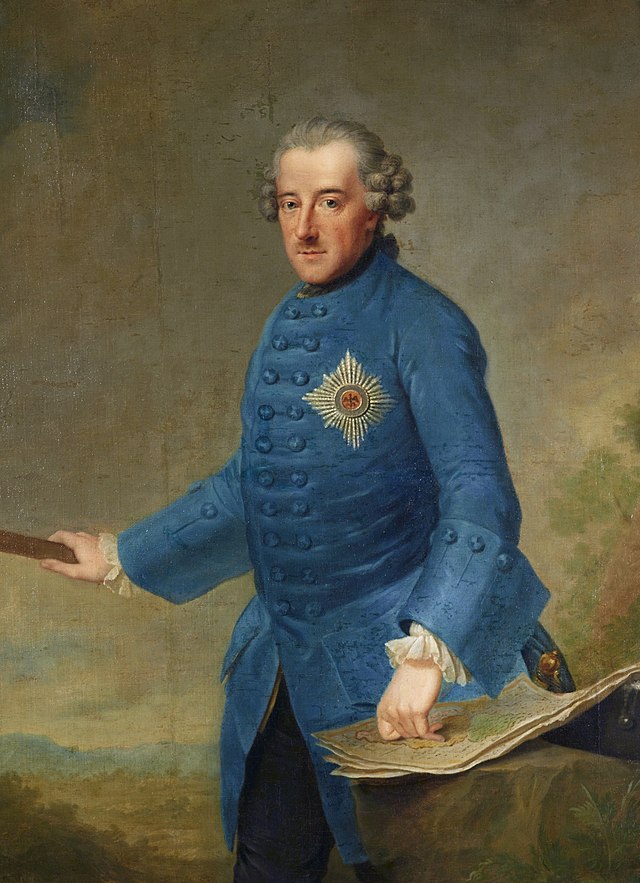
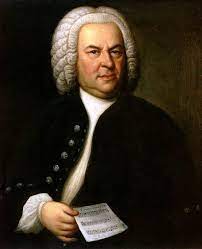
In addition to his recital and other musical activities, J. S. Bach spent time performing for Frederick the Great. Frederick wanted to test Bach’s notable improvisational abilities and wrote out a challenging fugal subject for a ricercare. Bach improvised a three-part ricercar on one of Silbermann’s fortepianos. Despite this feat, the king dared Bach to improvise a six-part ricercar upon the same subject. Bach attempted, but was unhappy with his improvisation and decided to compose a more polished version of his improvisation.3
After returning from Potsdam, Bach was inspired by his visit with Frederick the Great and began writing his Musical Offering, BWV 1079.4 The work consists of works for keyboard as well as chamber music for flute, violin, and continuo. At first, Bach wrote out the three-part ricercare using Frederick the Great’s fugal subject and then reimagined it within a six-part ricercare. The other movements from this set, including multiple canons and a trio sonata, are all built from the same fugal subject. The work is dedicated to Frederick the Great and remains one of Bach’s most impressive works.
Want to learn more about Bach and his keyboard compositions? Watch this webinar below by Marvin Blickenstaff from our archive: Bach Inventions: Prepare, Present, Perform.
OTHER RESOURCE YOU MIGHT ENJOY:
- MAGAZINE ARTICLE: Repertoire: Bach’s Two-Part Inventions by Marian McCaa Thomas
- MAGAZINE ARTICLE: Learning Bach’s Short Preludes: A Sequential Approach by Donald Alfano
- REPERTOIRE VIDEO SERIES: J.S. Bach: Invention No. 2 in C Minor by Megan Rich Blood
- REPERTOIRE VIDEO SERIES: Bach (attr.): Musette in D major, BWV Anh. 126 by Cathy Smetana
- ONLINE COURSE: Microcourse: Baroque Era Music by Women Composers (from Hidden Gems: Four Centuries of Piano Music by Women Composers)
- Use our search feature to discover more!
Sources
- Christoph Wolff and Ulrich Leisinger, “Bach, Carl Philipp Emanuel,” Grove Music Online, 2001; Accessed 24 Apr. 2023, oxfordmusiconline-com.uc.idm.oclc.org/grovemusic/view/10.1093/gmo/9781561592630.001.0001/omo-9781561592630-e-6002278185.
- Christoph Wolff and Walter Emery, “Bach, Johann Sebastian,” Grove Music Online, 2001; accessed 24 Apr. 2023, oxfordmusiconline-com.uc.idm.oclc.org/grovemusic/view/10.1093/gmo/9781561592630.001.0001/omo-9781561592630-e-6002278195.
- Christoph Wolff and Walter Emery, “Bach, Johann Sebastian,” Grove Music Online, 2001; accessed 24 Apr. 2023, oxfordmusiconline-com.uc.idm.oclc.org/grovemusic/view/10.1093/gmo/9781561592630.001.0001/omo-9781561592630-e-6002278195.
- Christoph Wolff and Walter Emery, “Bach, Johann Sebastian,” Grove Music Online, 2001; accessed 24 Apr. 2023, oxfordmusiconline-com.uc.idm.oclc.org/grovemusic/view/10.1093/gmo/9781561592630.001.0001/omo-9781561592630-e-6002278195.
Wolff, Christoph, and Ulrich Leisinger. “Bach, Carl Philipp Emanuel.” Grove Music Online. 2001; Accessed 24 Apr. 2023. oxfordmusiconline-com.uc.idm.oclc.org/grovemusic/view/10.1093/gmo/9781561592630.001.0001/omo-9781561592630-e-6002278185.
Wolff, Christoph, and Walter Emery. “Bach, Johann Sebastian.” Grove Music Online. 2001; Accessed 24 Apr. 2023. oxfordmusiconline-com.uc.idm.oclc.org/grovemusic/view/10.1093/gmo/9781561592630.001.0001/omo-9781561592630-e-6002278195.


